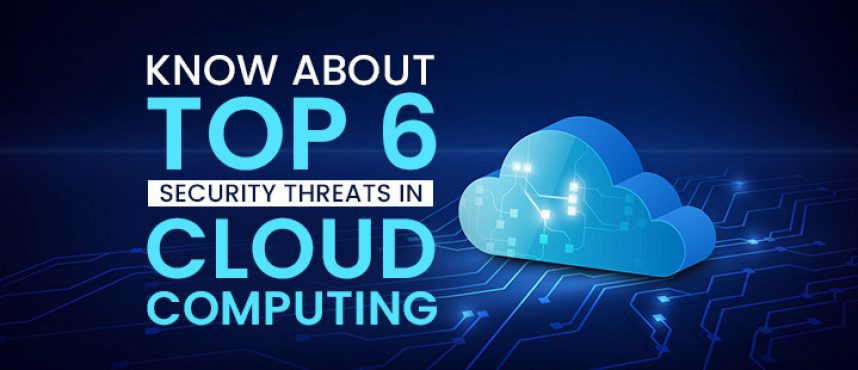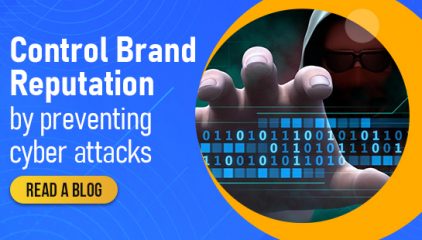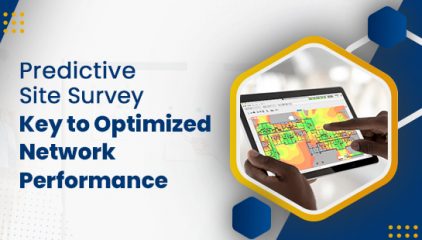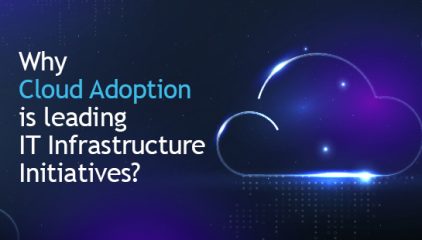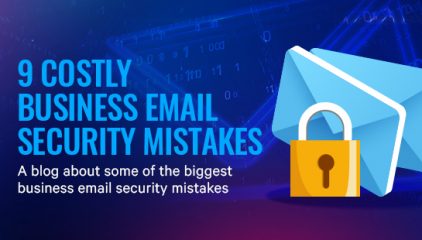Know about Top 6 Security Threats in Cloud Computing
In this digital era, more companies are encouraging or requiring employees to work from home. In addition to allowing employees to access the corporate network using their own devices, they are also turning to cloud computing, which is cost-effective and scales easily.
However, not all of these organizations are prepared for the associated cloud security threats. Cloud providers often offer some protection capabilities, but their responsibility is primarily to ensure service availability. It’s up to you to develop a solid cloud cybersecurity strategy.
Data Breaches — Data Theft and Data Loss
Nearly 80% of organizations surveyed had experienced at least one cloud data breach in the past 18 months, while 43% experienced ten or more breaches, according to a study from IDC, a global intelligence company, and announced by Ermetic, a cloud access risk security business.
Risk Factors
A data breach can result in data theft or data loss and damage data confidentiality, availability and integrity. Causes of cloud data breaches include:
- Insufficient identity and credential management
- Easy registration systems, phishing and pretexting
- Insecure APIs
Misconfigurations
Risk Factors
Common types of misconfiguration include:
- Human error
- Allowing excessive permissions
- Maintaining unused and stale accounts
- Allowing excessive sharing settings, which can lead to sensitive data being overexposed
- Leaving default settings unchanged, including admin credentials and port numbers
- Disabling standard security controls
- Disabling encryption
Insider Threats
Risk Factors
Insider threats can be intentional, such as a disgruntled employee taking revenge, or accidental, like an admin making a mistake. Employees aren’t the only insiders either. Contractors, suppliers and partners can also access data inappropriately, expose it or allow it to be stolen.
Many enterprises lack visibility into user and admin activity and application usage across their cloud storage systems.
 Account Hijacking
Account Hijacking
Account hijacking is the use of stolen credentials for various purposes, such as to gain access to sensitive data.
Risk Factors
Hackers use password cracking, phishing emails and cross-site scripting, among other industry-known tricks, to guess credentials and gain access to staff accounts.
Subscription services and privileged accounts are especially vulnerable.
Denial of Service Attacks
A denial of service (DoS) attack is an attempt to make it impossible for service to be delivered. A DoS attack is when one system is attacking, and a DDos (distributed denial or service) attack involves multiple systems performing the attack. Advanced persistent denial of service (APDoS) attacks target the application layer, where hackers can directly hit databases or servers.
Risk Factors
In general, a denial of service attack drowns a system with requests, overwhelming bandwidth, CPU or RAM capacity so that other users can’t access the system. Botnets are often used to achieve large-scale DDoS attacks that can exceed 1,000 Gbps. Increasingly, hackers rent botnets from their developers.
While the volume of DDoS attacks has declined, new forms of DoS attacks are being discovered that integrate AI and machine learning.
Malware
Risk Factors
Malware infects a cloud provider’s servers just as it does on-prem systems: The attacker entices a user to click on a malicious email attachment or social media link, enabling them to download malware encoded to bypass detection and designed to eavesdrop, steal data stored in cloud service applications or otherwise compromise data security.
Mitigate these Threats with Solid Cyber Security Solutions.
There are several ways for IT executives to mitigate the risks associated with cloud computing; check out Cyber Security Solution from Network Techlab.



